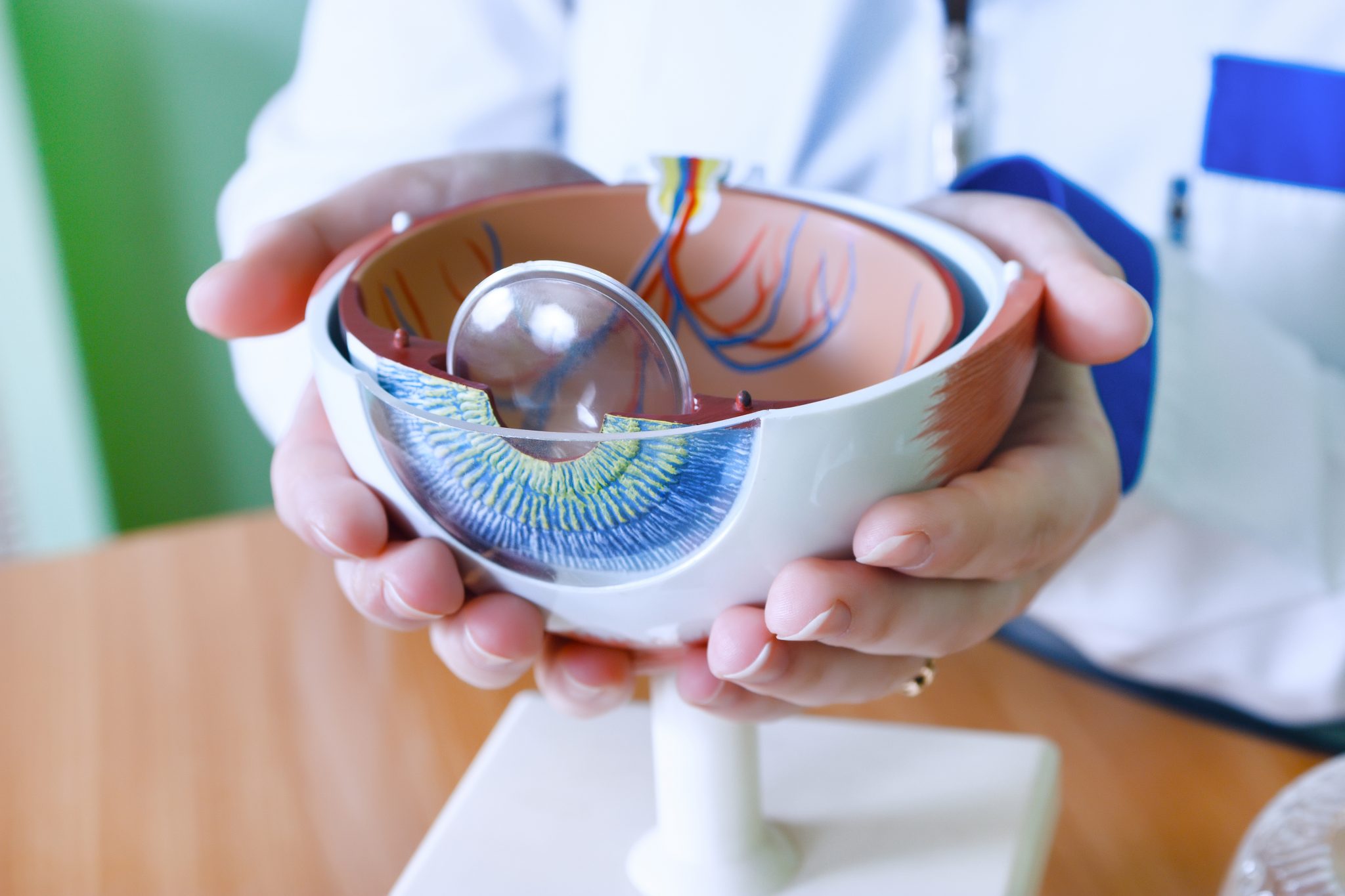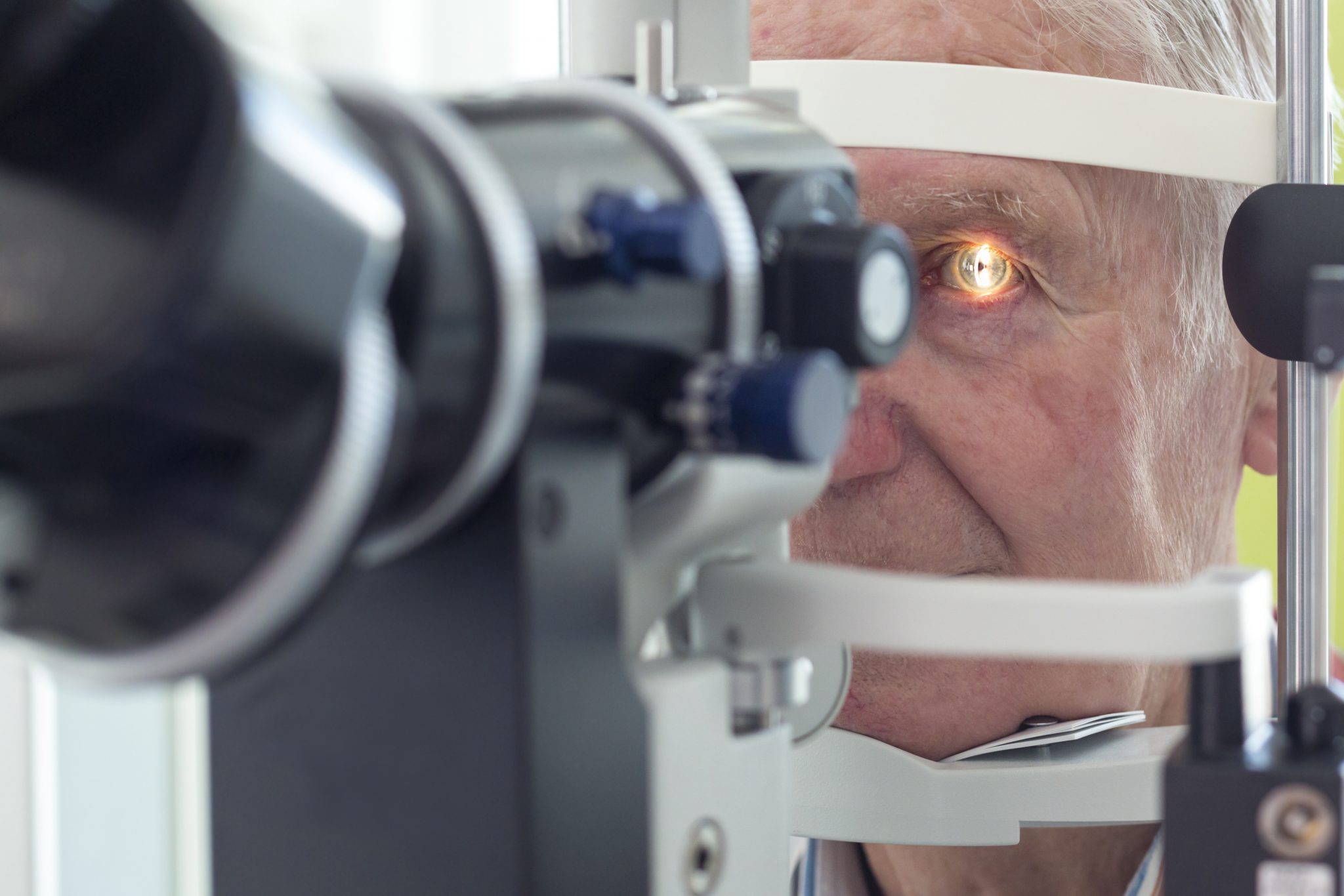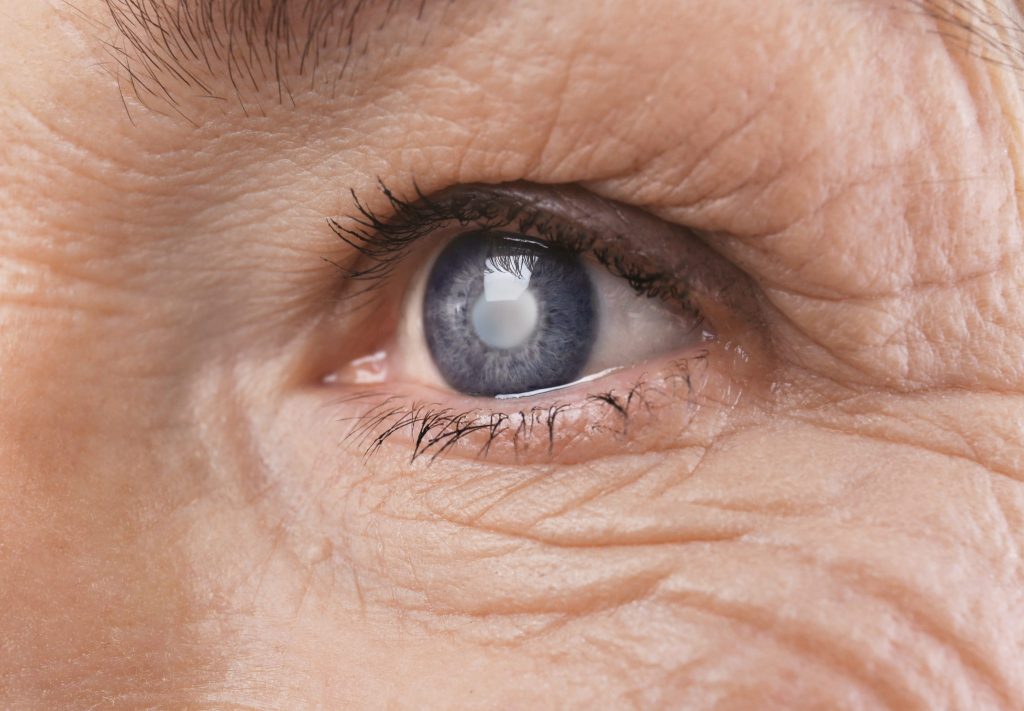Double vision, blurry vision, sensitivity to light and glare, difficulty seeing at night, and fading of colours. These signs may indicate cataract symptoms. While these symptoms may not seem severe and could be mistaken for common vision problems of nearsightedness or farsightedness, they could be an indication of cataracts. Cataracts forming in the eye can lead to blindness if left untreated.
Although cataract symptoms have been mainly associated with aging (most people over the age of 60 will be diagnosed with cataracts), there are many other causes of this eye disease. These causes can also lead to people of all ages having cataracts, including young children.
The good news for those who suffer from blindness caused by cataracts, young or elderly, is that their eyesight can be restored.
 The Causes of Cataracts
The Causes of Cataracts
Cataracts are caused by proteins that have clumped together and start to cloud a small area of the lens. Over time, this clump may grow larger and affect your ability to see clearly.
Many factors cause protein in the eye to clump together including:
- Diabetes, hypertension, and obesity
- Statin and corticosteroid medications
- Eye injury or eye surgery
- Congenital cataracts
- Smoking and high alcohol consumption
Current treatment involves inserting an artificial plastic lens into the eye; unfortunately, this can lead to inflammation and infections.
Fortunately, breakthrough research has led to an important new treatment that can restore sight when blindness is caused by congenital cataracts. Congenital cataracts are a major cause of blindness in children, and with current treatment, most children still require corrective eyewear after surgery.
Parents will be especially overjoyed to learn that a new regenerative treatment can restore their children’s eyes.
 New Treatment of Cataracts
New Treatment of Cataracts
This new cataract treatment developed by researchers at the University of California, the San Diego School of Medicine, and the Shelly Eye Institute alongside medical professionals in China, has shown successful results including fewer surgical complications and improved vision for patients who have received it.
The goal of stem cell research is to use a patient’s stem cells to repair tissue and organs and cure disease.
Instead of using stem cells that have been grown in a lab, the physician uses a patient’s stem cells and re-introduces them to the patient to reduce the risk of pathogen transmission and immune rejection.
The stem cells in the human eye are known as lens epithelial stem cells (LECs). Normally these cells generate replacement cells, however, this production slows down with age and causes degenerative cataracts in the elderly population.
The traditional treatment removes most of the LECs in the lens; unfortunately, with this treatment, the remaining cells show disorganized growth and the patient’s vision remains impaired. The new cataract treatment stimulates LEC growth and forms a new lens, resulting in the patient leaving with better vision than before.
To summarize, traditional surgery replaces the clouded lens with an artificial plastic lens whereas stem cell surgery stimulates new growth of the lens cells.
 Preventing or Mitigating Cataracts
Preventing or Mitigating Cataracts
This breakthrough in stem cell surgery harnesses the power of the body’s regenerative abilities and could be expanded to treat age-related cataracts. However, there are preventative measures one can take to help mitigate cataracts or if unavoidable, the damage from cataracts.
Cataracts are the leading cause of blindness, affecting over 20 million people worldwide. Optometrists advise everyone to have regular comprehensive eye exams, but this is especially important in the elderly or for patients over 40 years of age; at age 40, the lens cells begin to slow down production.
Eye exams can identify and diagnose problem areas, and your family optometrist can recommend a course of action to cure and care for your vision. Having a healthy lifestyle can also be a preventative measure as exercise and a nutritious diet prevents the growth of disease while promoting the body’s power to heal and regenerate.

